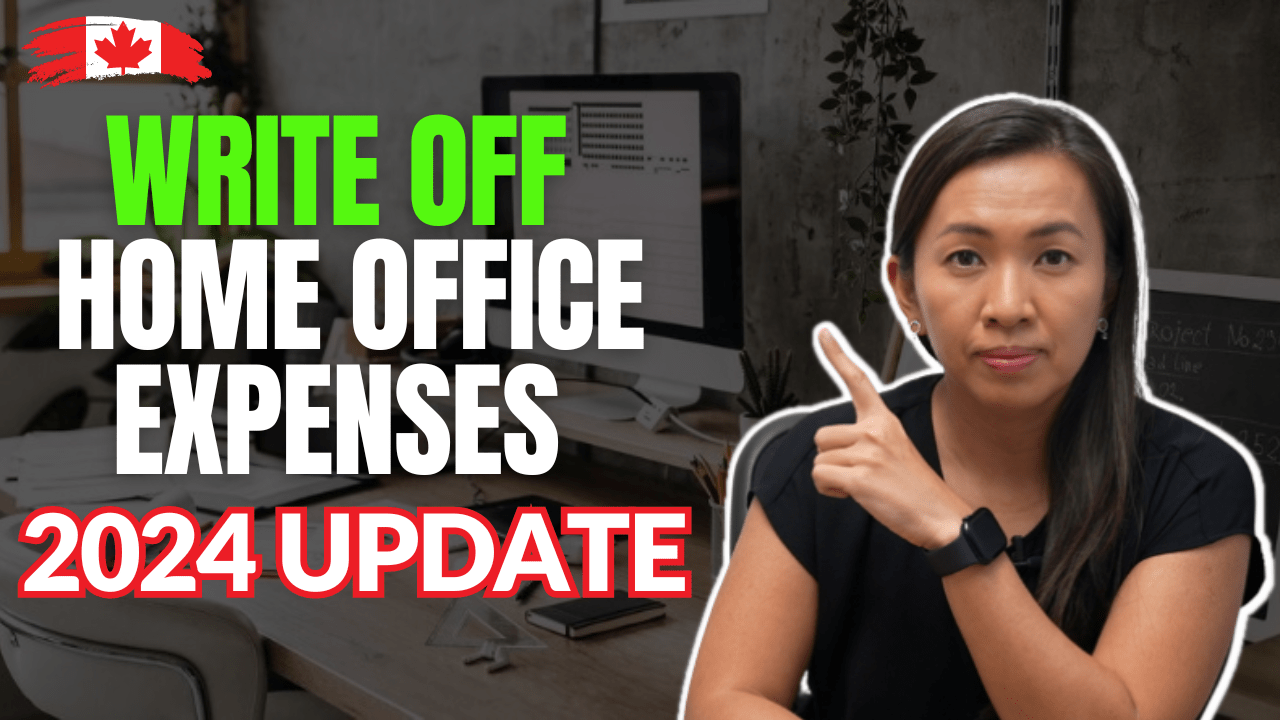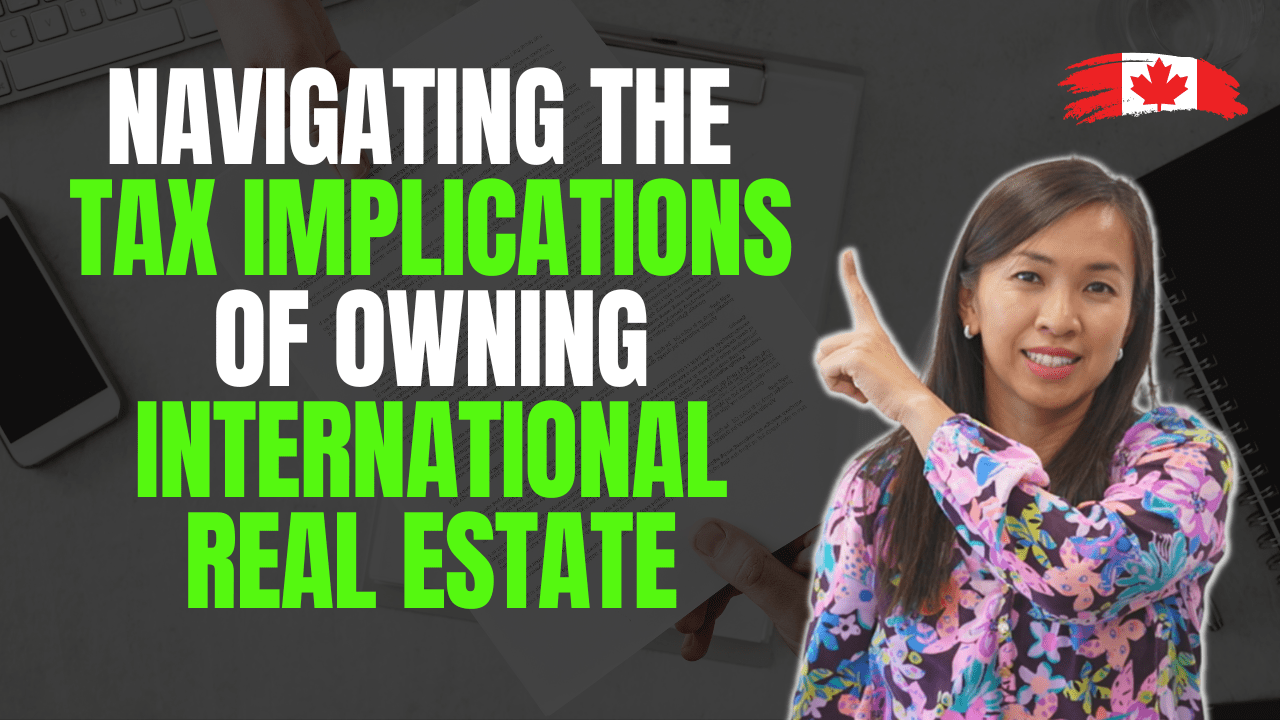Hope everyone’s enjoying the spring-like weather in the middle of March. My children are definitely enjoying spending their time outdoor at the park rather than being stuck at home all day long. 🙂 Bruce even got to go on a swing the first time last week.
As real estate investors, our real estate investment is our business. Our product is our houses. Our clients are our tenants. Our business partners include our lenders, local government officials, contractors and most understated – Canada Revenue Agency. Our insurance provider is also part of the mix; offering protection in the case of any disagreements between ourselves and our tenants, as well as in the case of anything that happens to our properties as a result of natural causes.

Some of these are considered improvements that provide long term value.
One of our biggest business partners, CRA, also looks at these repairs and improvements closely.
Specific rules are in place to assist us to determine whether an expense is considered repairs or improvements.
Before we get into the rules, let me just explain the tax impact between repairs and improvements.
Repair is a current expense, it generally reoccurs after a short period of time. It is deductible against your rental income the year it’s occurred.
Therefore, it is considered 100% deductible.
Improvement is a capital expense. It provides long lasting benefits. It is capitalized as an asset. A taxpayer is allowed to claim the wear and tear on the asset against its rental income.
When the property is sold at a gain, these “wear and tear” you have taken over the year would have to be taken into income. This is called recapture. You can find my discussion about capital cost allowance in this previous blog post.
This improvement is also added to the adjusted cost base of the building for the purpose of calculating the capital gain.
Capital gain is currently half taxable. If you make $100,000 capital gain, only $50,000 is taxable.
In another words, if an expense is considered capital expense, this simply means only 50% is deductible.
Let’s use an example to illustrate this concept.
| Current expense (repairs) | Capital expense (improvements) | |
| Expense incurred | $10,000 | $10,000 |
| Tax treatment – year of incurring the expense | $10,000 deducted against rental income.
If owned personally with 40% marginal tax rate, deduction is equivalent to $4,000 tax savings. |
$10,000 is added to the cost of building. Taxpayer can deduct 4% (the depreciation rate allowed by CRA on building) capital cost allowance (CCA) on the undepreciated building cost.
In this case, taxpayer can deduct $200 1st year ($10,000 x 4% x ½ year rule on year of acquisition). Tax impact = $200 x 40% = $80. |
| Use the expenditure to create rental loss | A taxpayer can report this expense which can potentially create a rental loss.
If properties owned personally, the rental loss can then be offset against your employment income and lower the overall taxes you pay. |
A taxpayer cannot claim CCA to create a rental loss. These deductions are capped by the amount of rental income you report. |
| Tax deductions – years after | Nil | 2nd year = ($10,000 – $200) x 4%= $392.
3rd year = ($10,000 – $200 – $392) x 4% = $376 4th year and onwards until the year of sale = follow the same calculation above. |
| Tax impact – year it is sold | Say you purchased the property for $300,000 including closing cost, and you sold the building for $400,000.
You then report $400,000 – $300,000 = $100,000 capital gain. 50% of it is taxable, $50,000 is taxable at 40% marginal tax rate. Tax liability in year 4 = $20,000. |
Taxpayer will have to include in his income the CCA deductions he’s taken in 1st year to 3rd year. In this case, he will have to add $200 + $392 + $376 = $968 into income. In tax term, this $968 is called recapture. 40% taxable = $387.20.
For the purpose of calculating the capital gain, the taxpayer will add the improvement cost to the purchase price of $300,000, to have a total of $310,000 as the capital cost. Capital gain is therefore $90,000 ($400,000 – $310,000), 50% taxable = $45,000. Tax payable = $18,000. Total tax payable in year 4 = $18,387.20. |
| Overall tax impact for 4 years | $4,000 tax savings in 1st year
$20,000 tax liability in 4th year NET overall tax liability = $16,000 |
1st – 3rd year tax savings = $387.20
4th year tax liability = $18,387.20 Net overall tax liability = $18,000 |
Bottom line – because you get a bigger tax deduction against your income, taxpayers are motivated to claim an expense as repairs rather than improvements.
On the flip side, our business partner, CRA, has a different idea.
Although there are specific rules in the Income Tax Act laying out the criteria to determine one over another, many taxpayers still find themselves fighting with CRA at the court level to make a decision.
In my next blog post, I will be discussing the basic rules in determining whether an expenditure is capital or current expense.
Until next time, happy Canadian Real Estate Investing.
Cherry Chan, CPA, CA
Your Real Estate Accountant






Discover 4 Little Known Exceptions to Deducting Repairs & Maintenance Expense and 3 Common Real Life Examples - Cherry Chan, Chartered Accountant, Your Real Estate Accountant
[…] the last blog post about the Federal budget update, we discussed the tax difference between repairs and capitalized expense. We also discussed the criteria used by CRA to evaluate whether an expense is considered current or […]